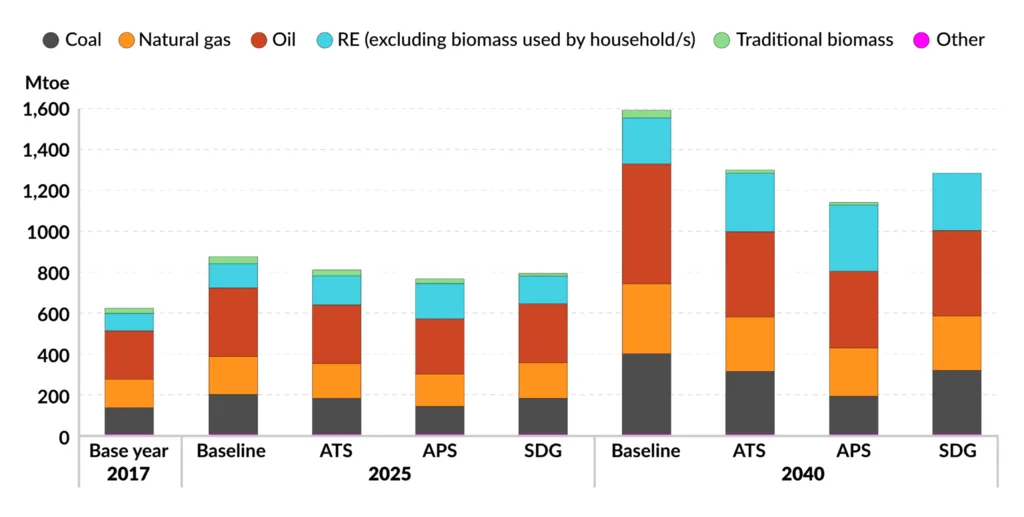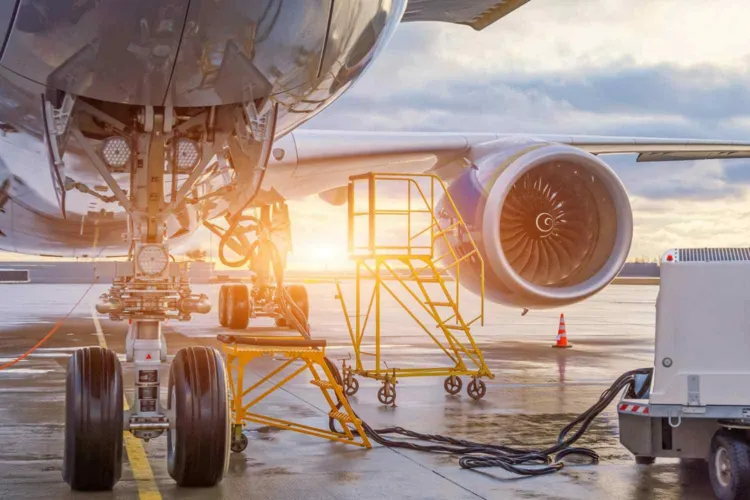Southeast Asia is shifting its energy focus. The region is moving away from coal and embracing clean power. The Southeast Asia Energy Transition is gaining speed, with solar and wind capacity growing by 20% in 2023. That brings the total to over 28 GW, making up 9% of all electricity generation capacity in the region. Vietnam stands out as a leader. It now has 19 GW of solar and wind power, showing what is possible with strong national policies and investment.
Clean Power Is Now Bigger Than Coal
In 2022, renewable energy installed capacity in Southeast Asia overtook coal for the first time. Renewables now account for 102 GW, while coal lags slightly behind at 100 GW. This marks a major turning point in how the region powers its homes, factories, and cities.
Southeast Asia Energy Transition: Huge Untapped Potential

Despite this progress, the region has barely scratched the surface. Southeast Asia’s renewable energy potential is estimated to be 40–50 times greater than what it currently produces. This presents a major opportunity to scale up clean energy and reduce dependence on fossil fuels.
Read Also: Southeast Asia Renewable Energy’s Untapped Power
ASEAN’s 2025 Target: A Big Challenge Ahead
The Association of Southeast Asian Nations (ASEAN) has set an ambitious goal: reach 35% renewable energy share in installed capacity by 2025. To get there, countries must add another 17 GW of utility-scale solar and wind projects.
That’s a steep climb in a short time. But it’s not impossible—especially if countries keep attracting investments. In 2023 alone, the region saw $10 billion in clean energy investments, a clear sign of growing momentum.
Hydropower Still Dominates Southeast Asia Energy Transition
While solar and wind are expanding fast, hydropower remains the region’s main source of renewable electricity. It makes up more than half of all renewable energy capacity today. But relying too heavily on hydropower comes with risks, especially in times of drought or climate-related water shortages.
Read Also: High Potential of Renewable Energy in Southeast Asia Construction
Falling Costs Fuel Growth
One reason for the energy shift is cost. Today, renewable energy technologies are often cheaper than coal or gas, especially for new projects. This cost advantage is pushing businesses and governments to favor solar, wind, and other clean sources.
Progress Isn’t Without Problems
Still, the transition faces hurdles. Weak decarbonization policies and coal power lock-in are slowing progress in many countries. Long-term contracts with coal plants make it hard to shut them down, even when cleaner options are available.
And while renewable energy now dominates capacity, it made up only 25% of the electricity mix in 2021. That means fossil fuels still generate the bulk of power across the region.
The Future of Southeast Asia Energy Transition
The Southeast Asia Energy Transition is at a key turning point. With $70 billion in projected investments by 2025, the energy transition could become a global model, especially if nations convert potential into projects at the required speed. The coming months will determine whether the region meets its 2025 targets or falls victim to the "renewable capacity vs generation" gap. One thing is certain: the era of coal dominance is ending, and the race to define Southeast Asia's clean energy future has begun.







